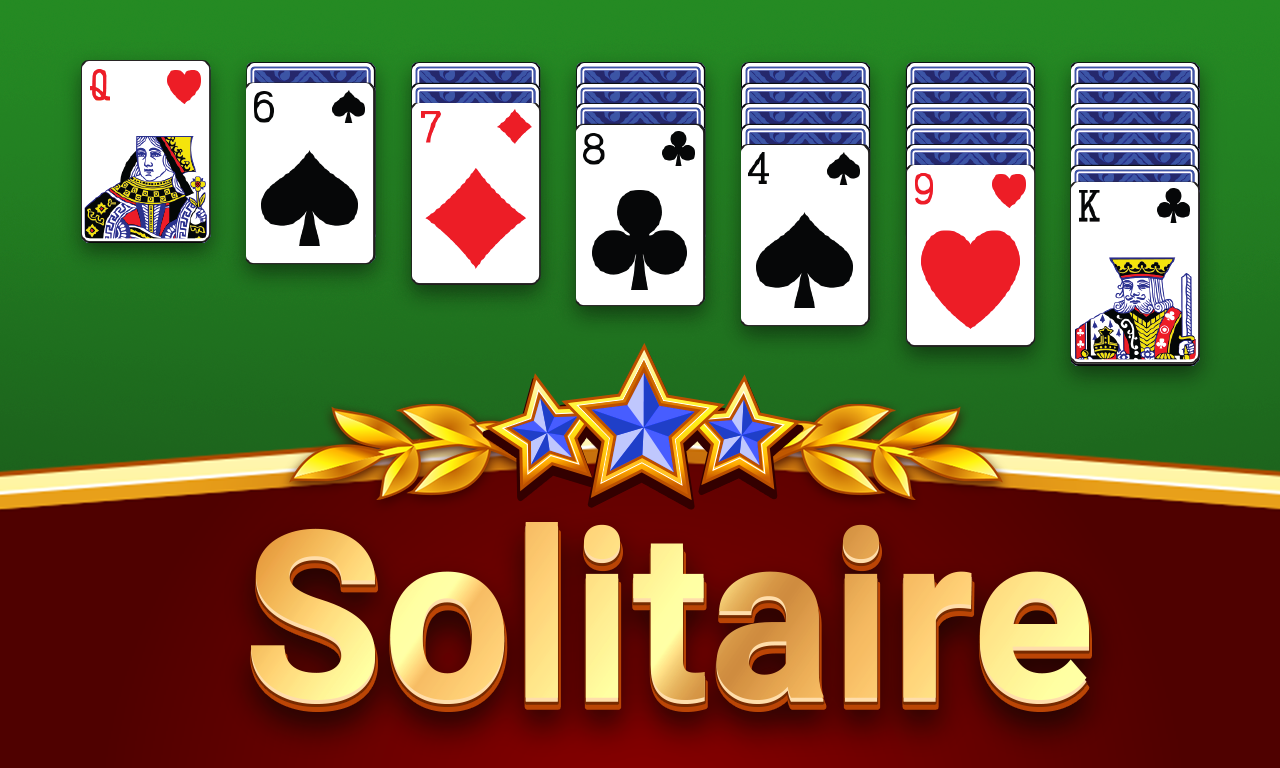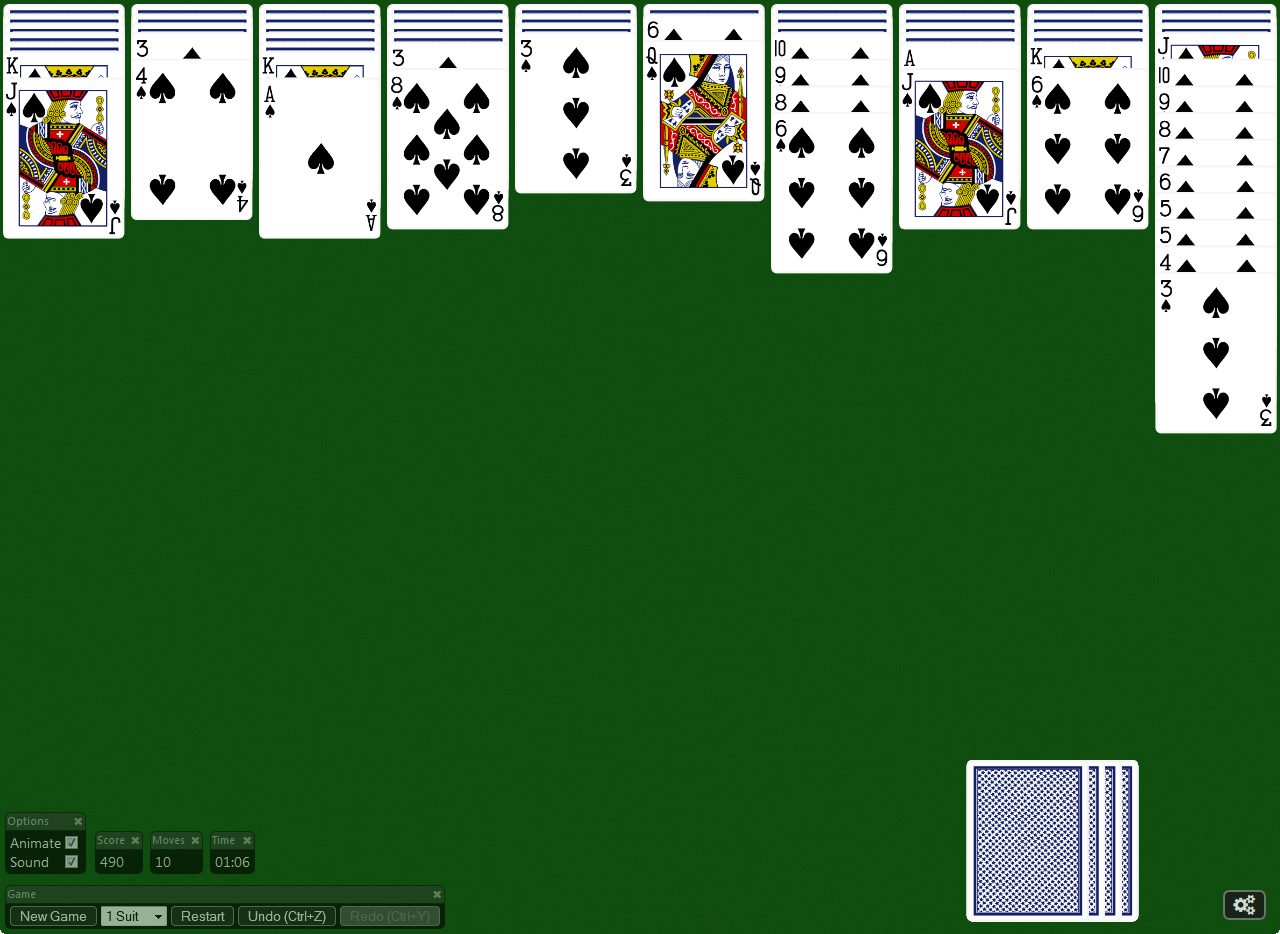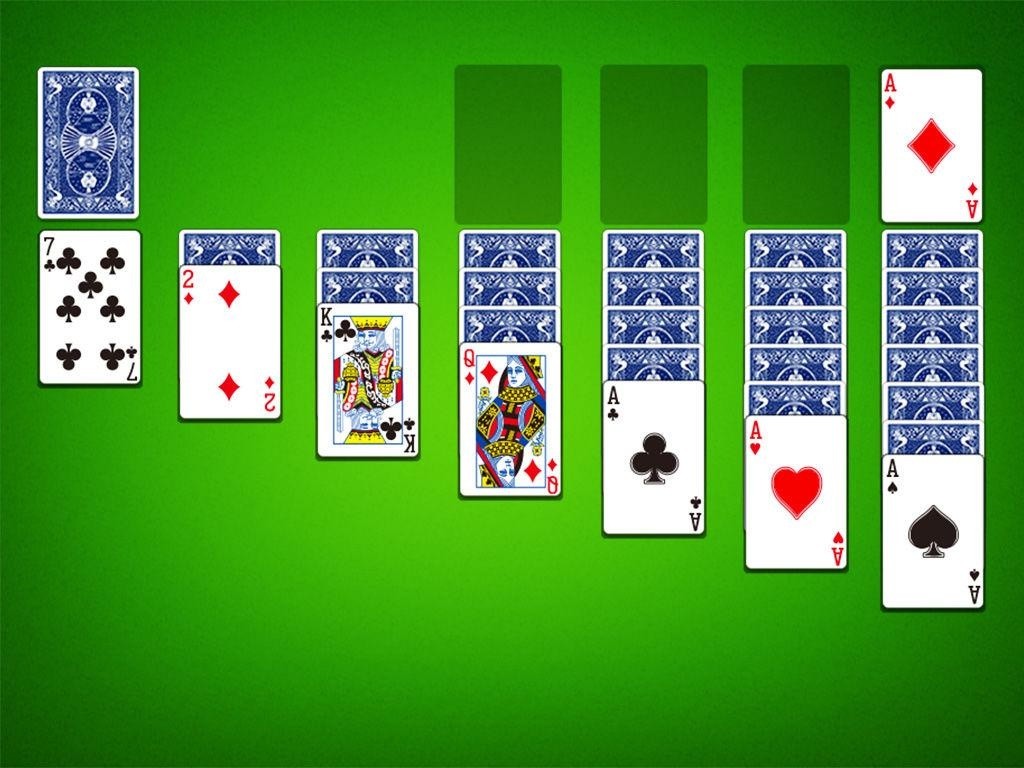

It is estimated that 99.999% of possible deals are solvable. The game is won after all cards are moved to their foundation piles.Computer implementations often show this motion, but players using physical decks typically move the tableau at once. Complete or partial tableaus may be moved to build on existing tableaus, or moved to empty cascades, by recursively placing and removing cards through intermediate locations.


There are four open cells and four open foundations.Microsoft FreeCell is so definitive for many FreeCell players that many other software implementations strive for compatibility with its random number generator in order to replicate its numbered hands. Microsoft has included a FreeCell computer game with every release of the Windows operating system since 1995, greatly contributing to the game's popularity among users of personal computers, even leading to the creation of several websites devoted to FreeCell. Although software implementations vary, most versions label the hands with a number (derived from the seed value used by the random number generator to shuffle the cards). It is fundamentally different from most solitaire games in that very few deals are unsolvable, and all cards are dealt face-up from the very beginning of the game. FreeCell is a solitaire card game played using the standard 52-card deck.


 0 kommentar(er)
0 kommentar(er)
